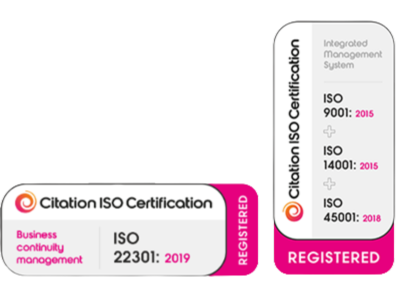26th September 2025
Levelling the Playing Field: Why PIA Reform is Essential for UK Telecoms

Access to fast, reliable connectivity is no longer a luxury, it’s an essential part of everyday life. From education and healthcare to business and entertainment, broadband is the backbone of modern society. Yet, for many rural communities across the UK, access to gigabit-capable broadband remains limited and costly. At the heart of this issue is Ofcom’s framework for Physical Infrastructure Access (PIA).
What is PIA and why does it matter?
Physical Infrastructure Access (PIA) is the system that allows alternative network providers (altnets) to use Openreach’s ducts and poles to roll out fibre networks. In theory, it’s designed to speed up deployment, reduce duplication of infrastructure, and create a level playing field for all providers.
However, in practice, the current PIA model is far from balanced. Costs are charged on a per-metre basis, which disproportionately affects rural rollouts where properties are much further apart compared to urban areas. This makes connecting rural communities significantly more expensive for providers.
The hidden costs of rural rollouts
The UK’s rural communities often face higher barriers to connectivity due to geography and distance. Under current PIA rules:
Rural premises average 200 metres apart, compared to just 10 metres in urban areas.
This creates a twentyfold cost increase for providers rolling out in rural regions.
Providers like Fibrus report serving just 0.3% of UK broadband premises, yet contributing 12% of Openreach’s altnet PIA income.
This imbalance makes it harder for providers to justify investment in rural networks, slowing deployment and increasing reliance on government subsidies like Project Gigabit. Ultimately, rural households and businesses are left behind while urban areas surge ahead.
Why reform is needed
If the UK is serious about achieving nationwide gigabit coverage, the current framework must change. A per-premise national pricing model, already used in other parts of the broadband market, could help:
Reduce costs for rural providers.
Encourage private investment and reduce dependency on subsidies.
Speed up rollouts so rural communities aren’t waiting years for reliable connections.
Level the playing field between urban and rural deployments.
Without reform, outdated rules risk undermining the UK’s digital ambitions. Connectivity is no longer just about convenience, it’s about economic growth, education, healthcare access, and equality of opportunity.
TDA’s perspective: Smarter regulation = smarter connectivity
At TDA, we believe in driving smarter, more efficient solutions for the telecoms industry. Regulation should enable innovation, not hold it back. Reforming PIA is not just about cutting costs for providers, it’s about ensuring that every community, no matter how remote, has access to the connectivity they need to thrive.
Rural businesses deserve the same opportunities as those in cities. Families should be able to work, learn, and connect online without barriers. And the industry needs a fair, sustainable model that encourages growth and investment across the UK.
Smarter regulation means smarter connectivity and smarter connectivity means a stronger, more connected future for everyone.



